Transfer Energy Worksheets Middle School
Are you in search of engaging and informative transfer energy worksheets for middle school students? Look no further! These worksheets are designed to help students develop a solid understanding of the concept of energy transfer and its various forms. With a focus on clear explanations and hands-on activities, these worksheets are perfect for teachers looking to enhance their middle school science curriculum.
Table of Images 👆
More Energy Worksheets
Light and Heat Energy WorksheetsTypes of Energy Transfer Worksheet
Energy Light Heat Sound Worksheets
3 Forms of Energy Worksheets
Energy Worksheets for Third Grade
What is energy transfer?
Energy transfer is the process by which energy is moved from one system or object to another. This can occur in various ways, such as through conduction, convection, radiation, or work done by a force. The transfer of energy allows for the transformation and redistribution of energy within a system or between different systems, ultimately leading to changes in temperature, motion, or other physical properties.
What are the different forms of energy?
The different forms of energy include mechanical, electrical, thermal, chemical, nuclear, electromagnetic, and gravitational energy. Each of these forms of energy can be converted from one to another, following the principles of conservation of energy.
How is energy transferred through conduction?
Energy is transferred through conduction by direct contact between particles in a material. When a material is heated, the particles gain kinetic energy and vibrate more rapidly. This increased vibration causes neighboring particles to also vibrate, transferring the energy from particle to particle. This process continues until the energy is evenly distributed throughout the material, leading to a temperature increase.
How does energy transfer occur through convection?
Energy transfer through convection occurs when heat is transferred through the movement of fluids such as air or water. As a fluid is heated, it becomes less dense and rises, carrying heat energy with it. As the fluid cools, it becomes denser and sinks, completing the convection cycle. This process creates a continuous flow of heat energy, transferring it from one region to another within the fluid.
What are some examples of energy transfer through radiation?
Some examples of energy transfer through radiation include the sun's rays heating the Earth's surface, a microwave oven cooking food by emitting electromagnetic radiation, a campfire emitting thermal radiation to warm up surroundings, and a light bulb producing light through electromagnetic radiation.
How does energy transfer happen in mechanical systems?
Energy transfer in mechanical systems typically occurs through the conversion of potential energy to kinetic energy or vice versa. This transfer can happen through various mechanisms such as work being done on an object, the movement of mechanical parts transferring energy, or the conversion of one form of energy to another. Friction and other resistive forces can also play a role in energy transfer, leading to the dissipation of energy in the system. Overall, energy transfer in mechanical systems follows the basic principles of conservation of energy, where the total energy in the system remains constant but can change forms as work is done.
What is the law of conservation of energy?
The law of conservation of energy states that energy can neither be created nor destroyed, but can only be transformed from one form to another. This fundamental principle of physics asserts that the total amount of energy in a closed system remains constant over time, with energy being conserved in all processes and interactions, whether they involve mechanical, kinetic, potential, thermal, or any other form of energy.
How is energy transferred in electrical circuits?
In electrical circuits, energy is transferred through the flow of electric charge, typically carried by electrons. When a voltage is applied across a circuit, electrons are pushed through the circuit, creating a flow of current. This movement of electrons transfers energy from the voltage source to the components in the circuit, such as resistors, capacitors, and inductors, where the energy can be converted into other forms, such as heat, light, or mechanical work.
What are some examples of energy transfer in everyday life?
Some examples of energy transfer in everyday life include the warmth from the sun heating the Earth's surface, cooking food on a stove where heat energy is transferred to the pan and food, a person walking up a flight of stairs where muscular energy is transferred to potential energy, electrical energy powering lights and appliances in our homes, and a person eating food to convert chemical energy into kinetic energy for movement.
How can we increase the efficiency of energy transfer?
You can increase the efficiency of energy transfer by using high-efficiency energy conversion technologies, minimizing energy losses during transmission, maintaining proper maintenance of equipment, and implementing energy conservation practices to reduce unnecessary energy consumption. Additionally, conducting regular energy audits and investing in renewable energy sources can further improve the efficiency of energy transfer.
Have something to share?
Who is Worksheeto?
At Worksheeto, we are committed to delivering an extensive and varied portfolio of superior quality worksheets, designed to address the educational demands of students, educators, and parents.

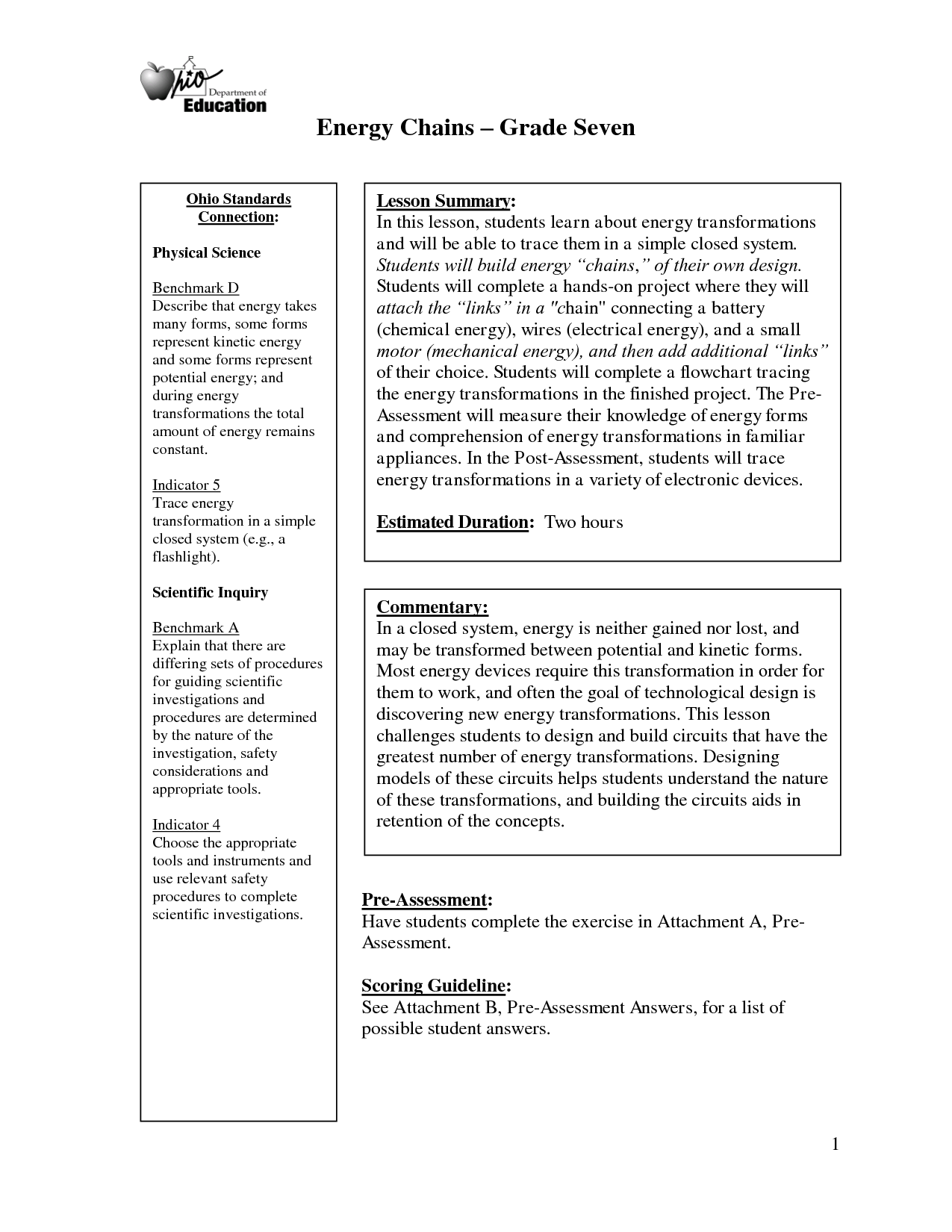



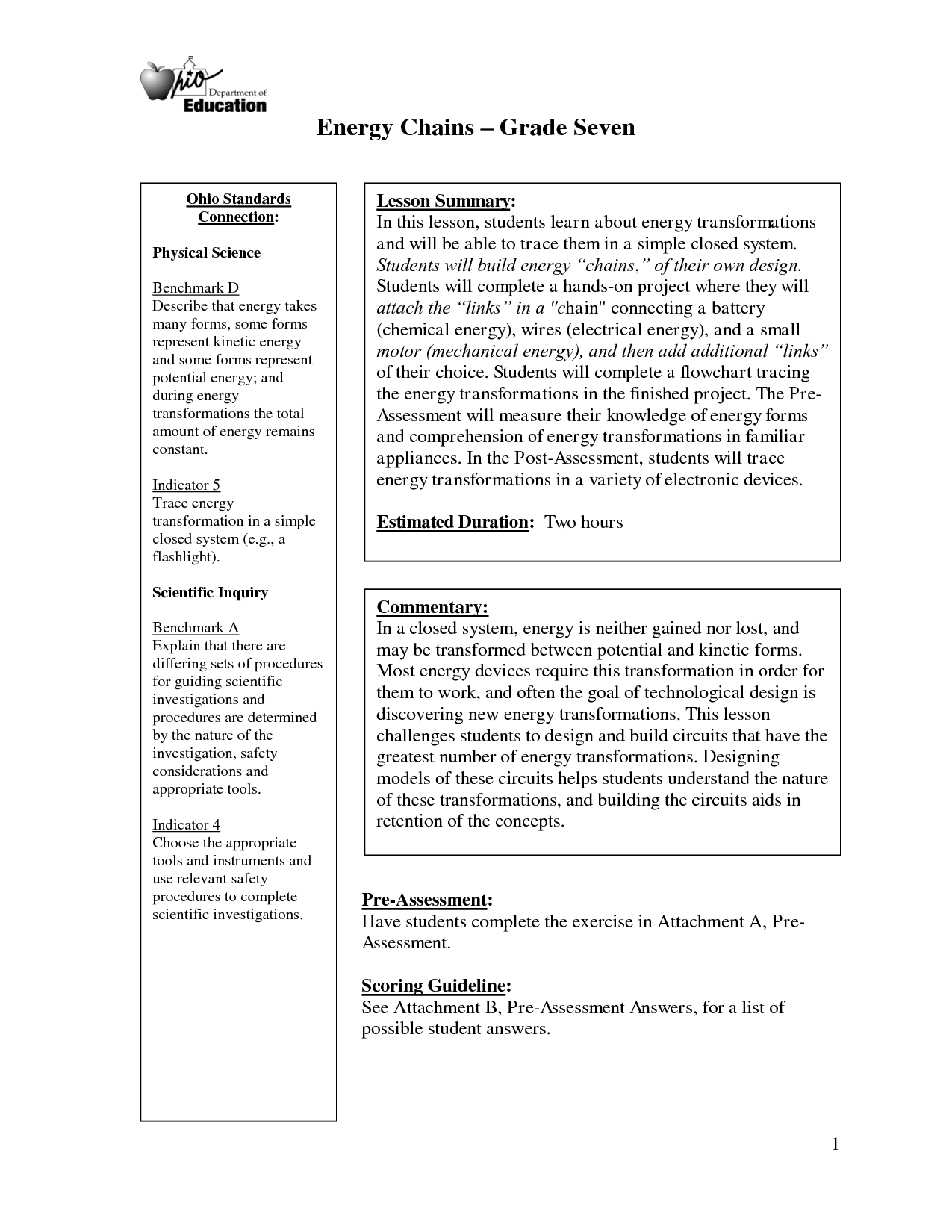
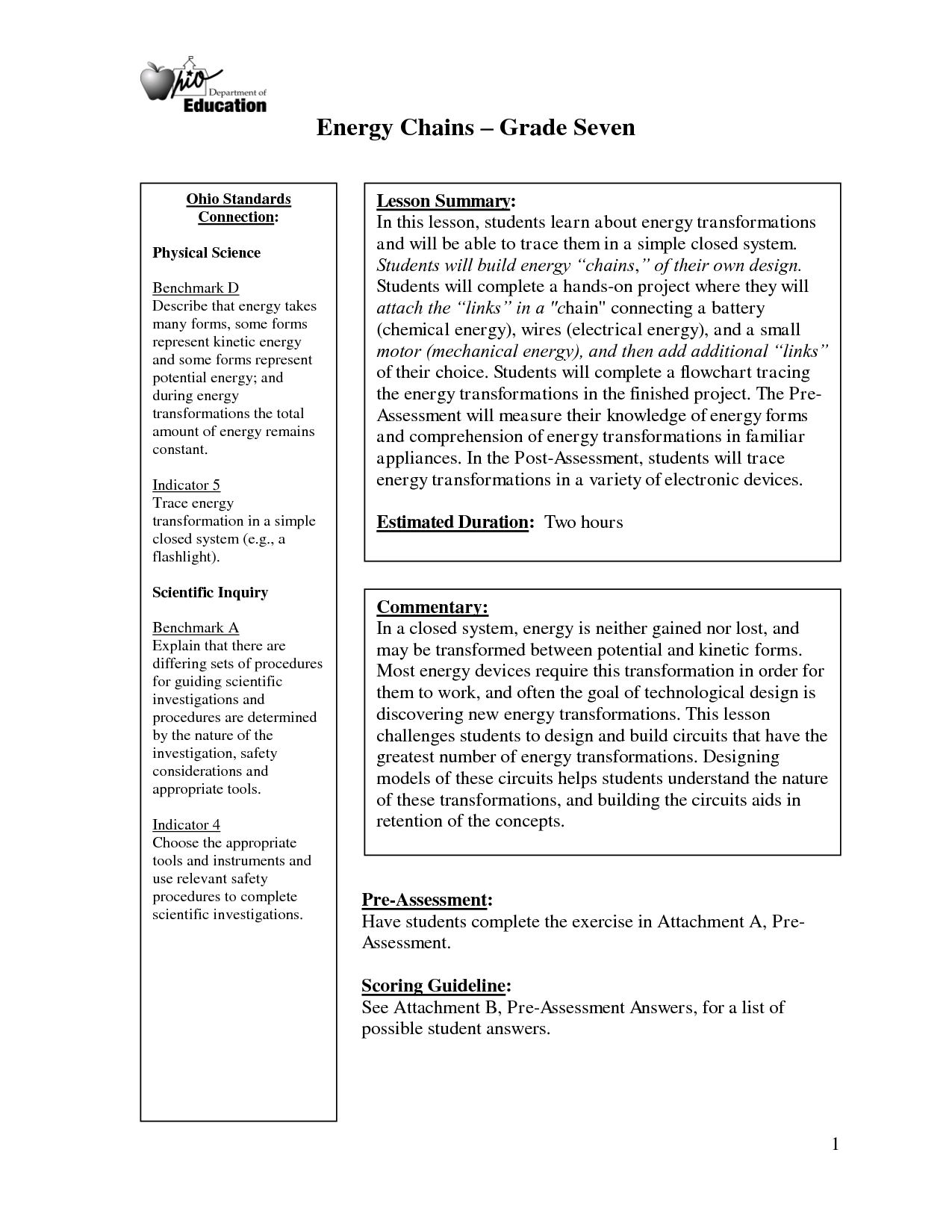
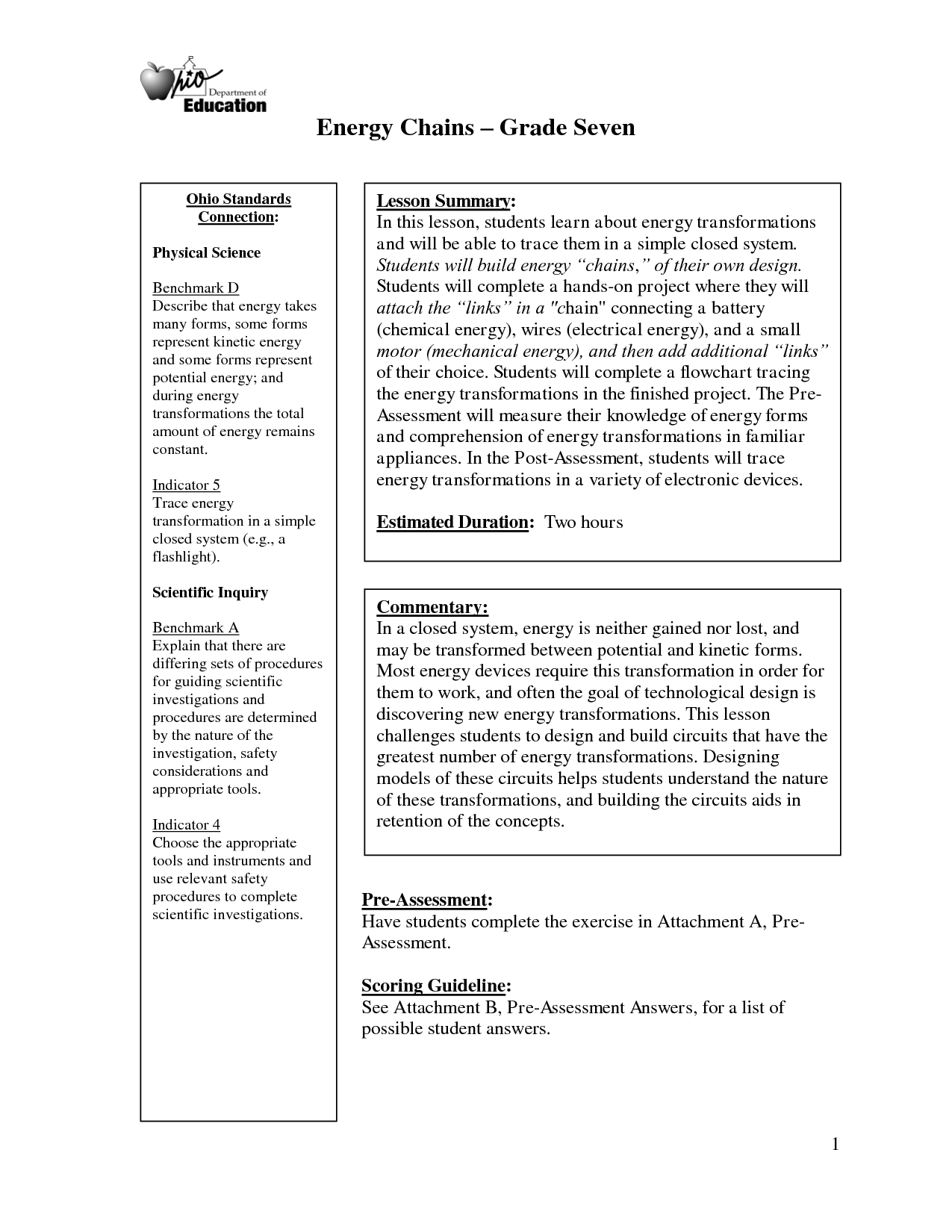
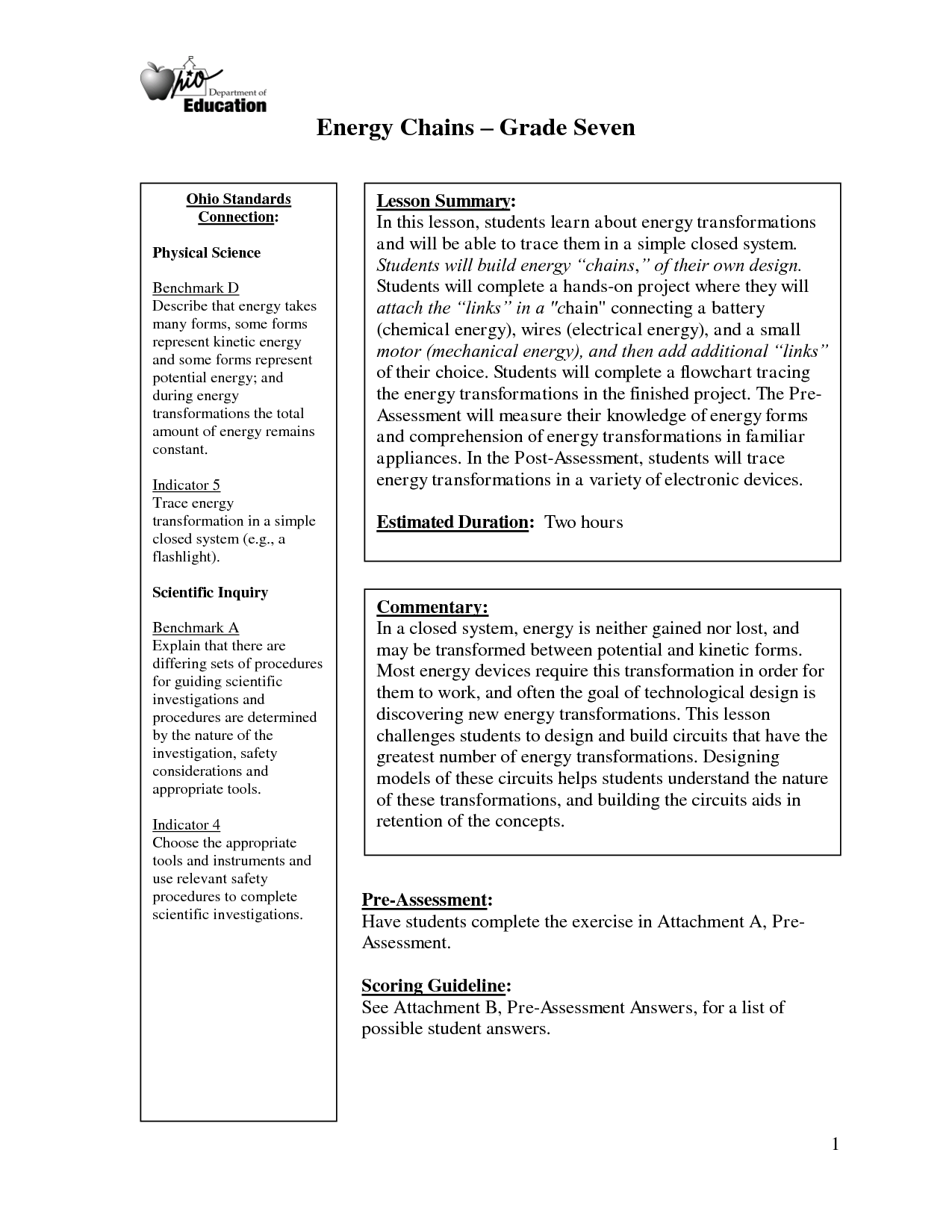
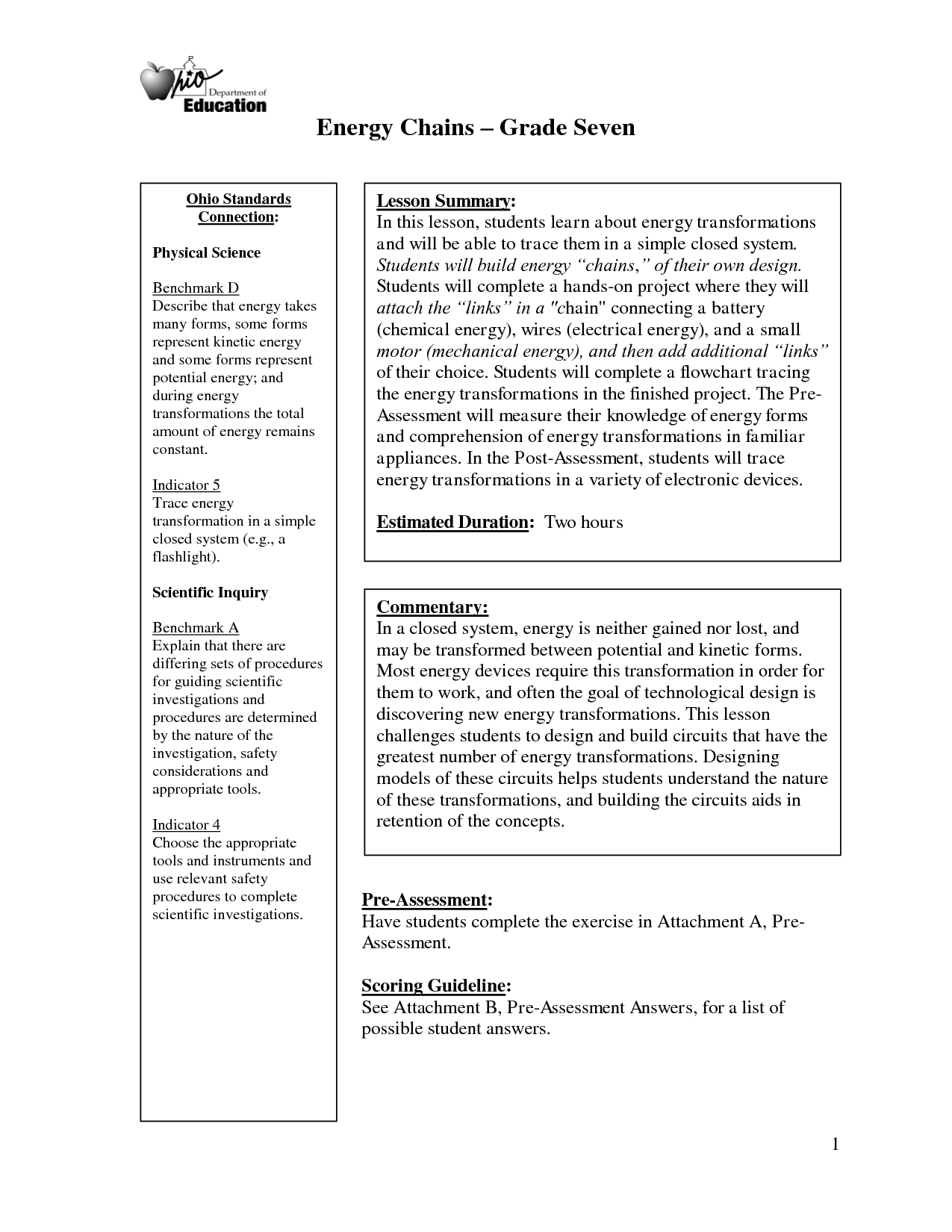
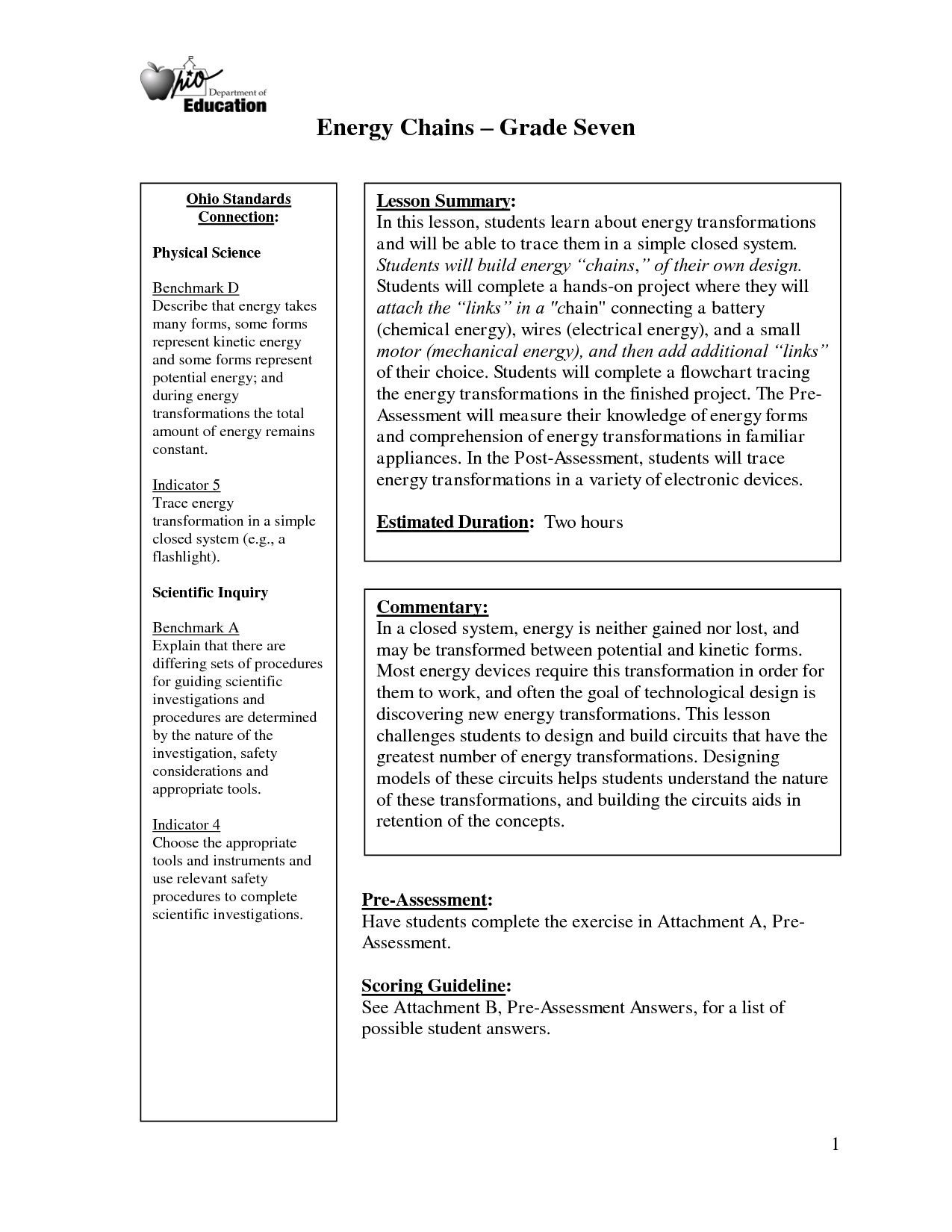
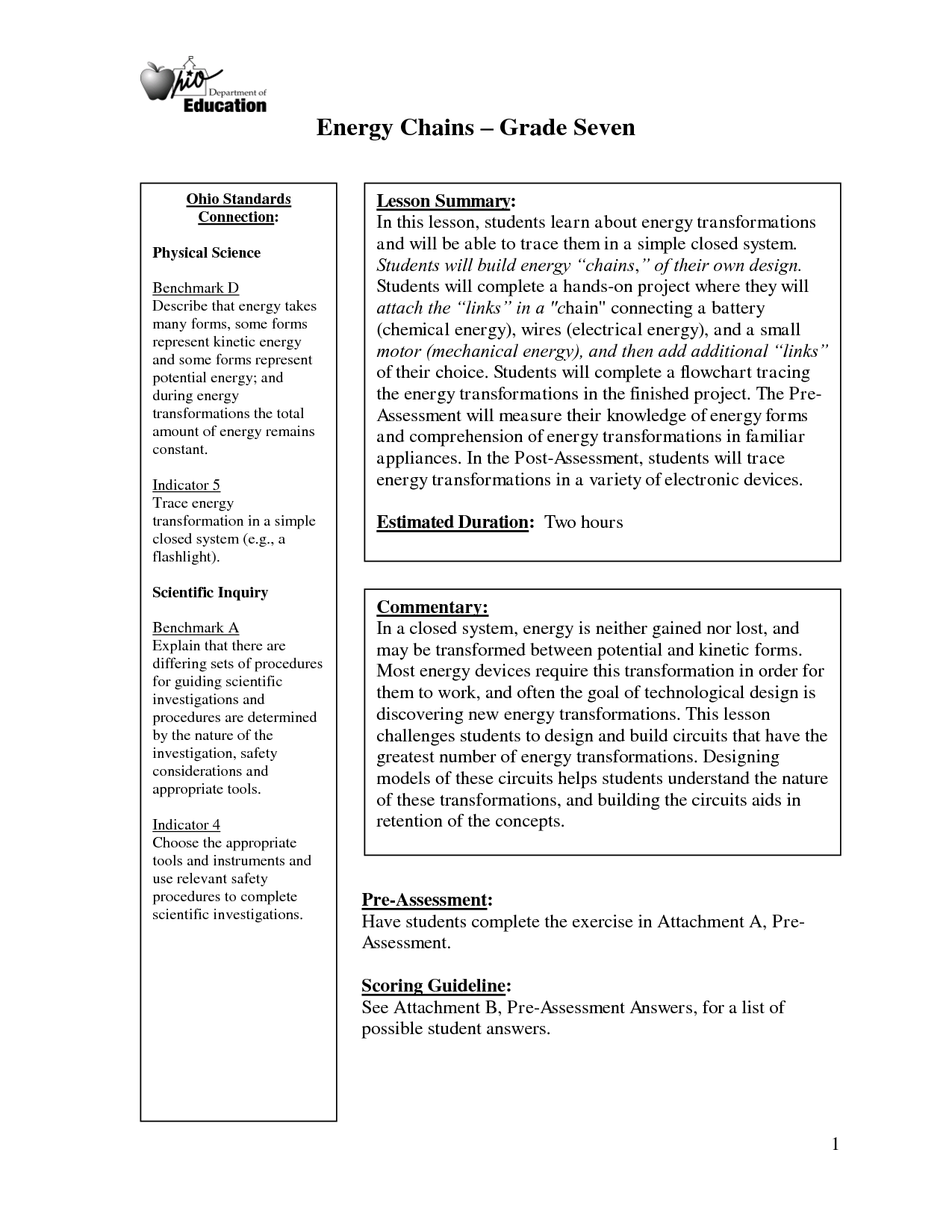
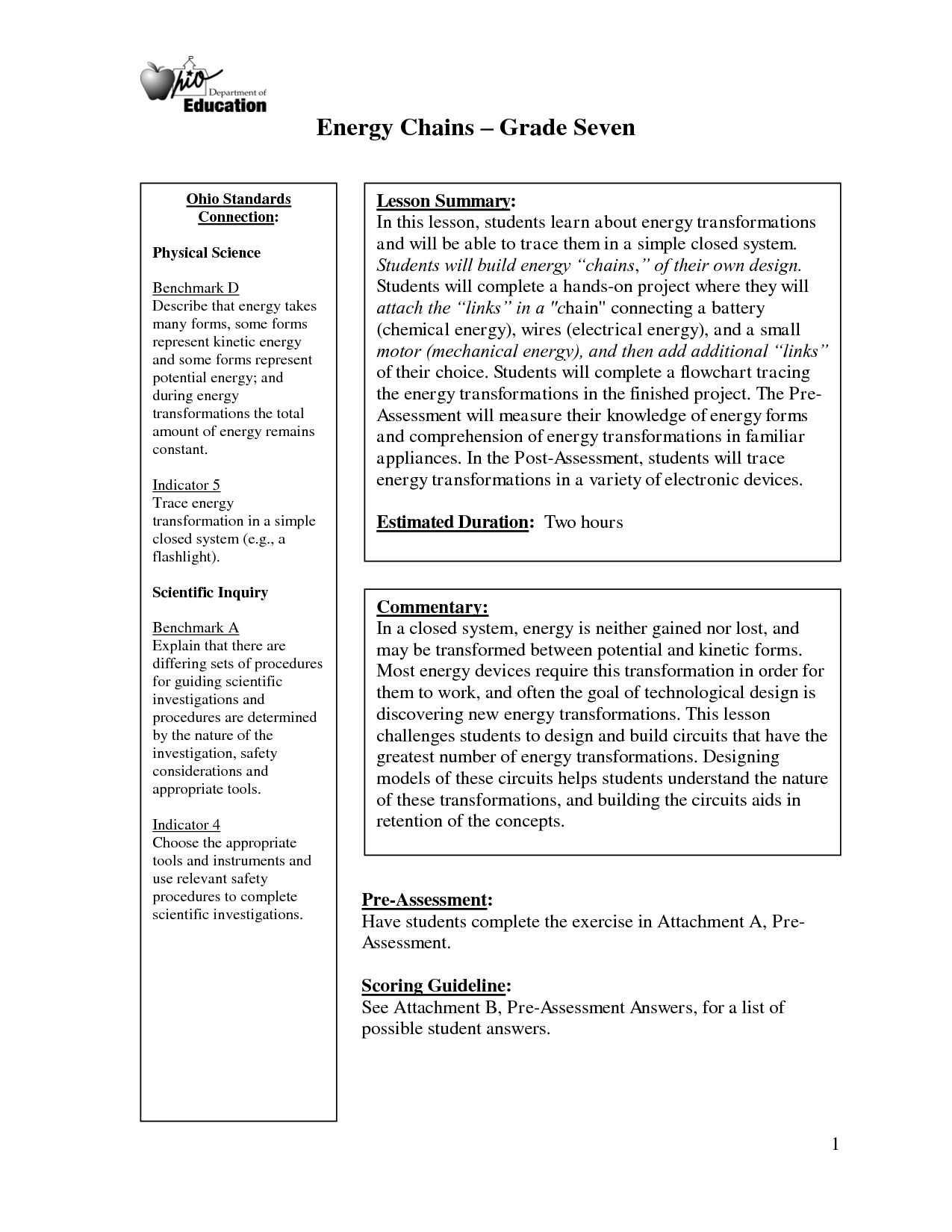
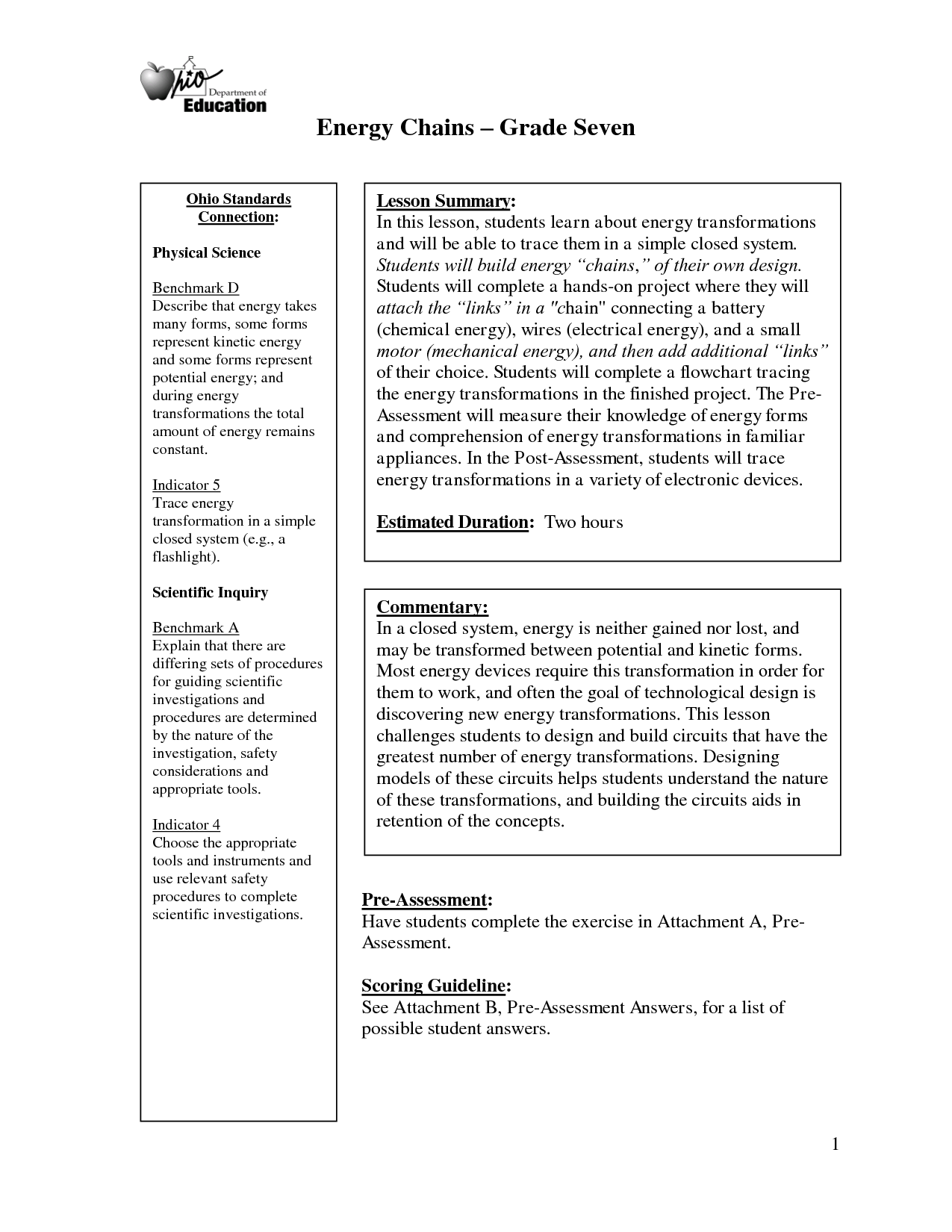
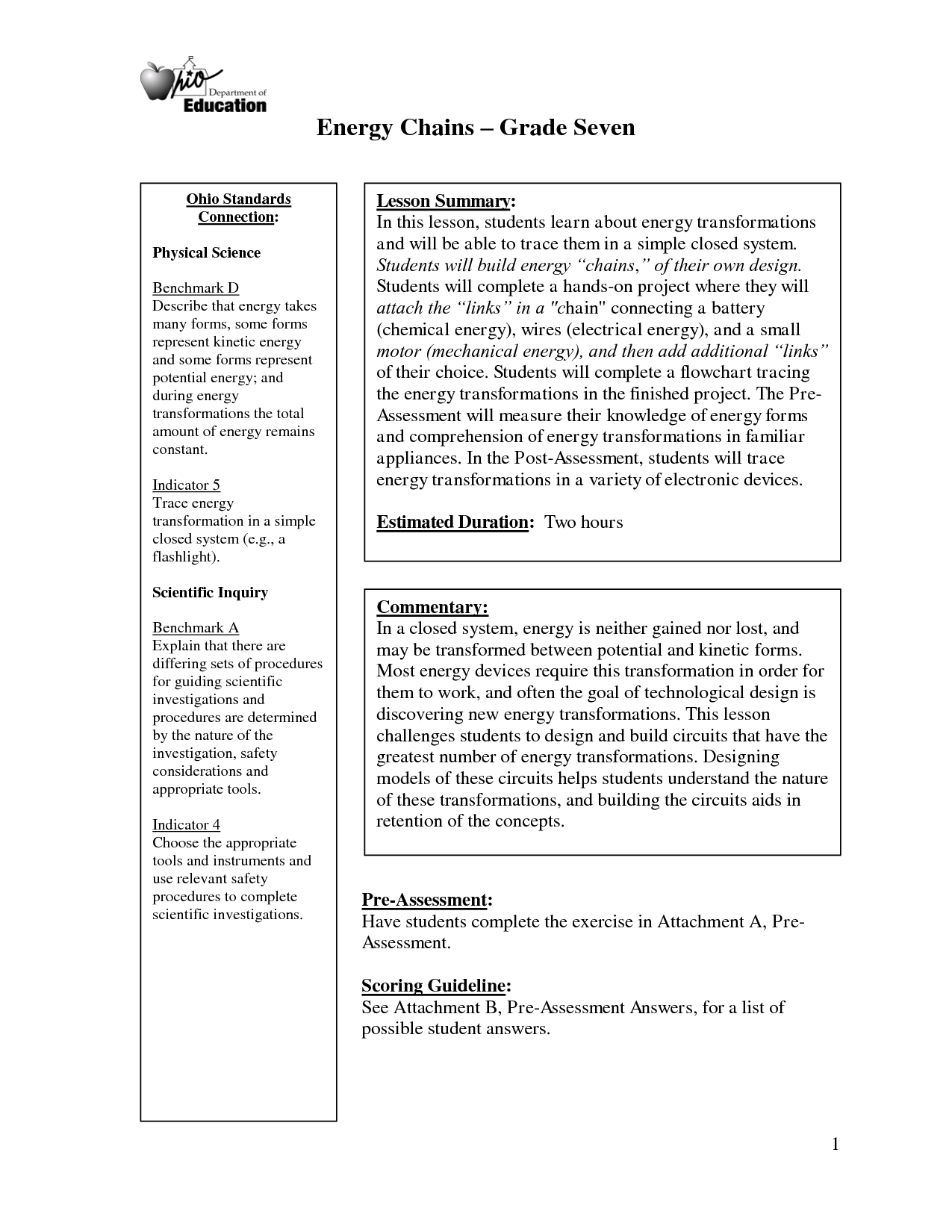

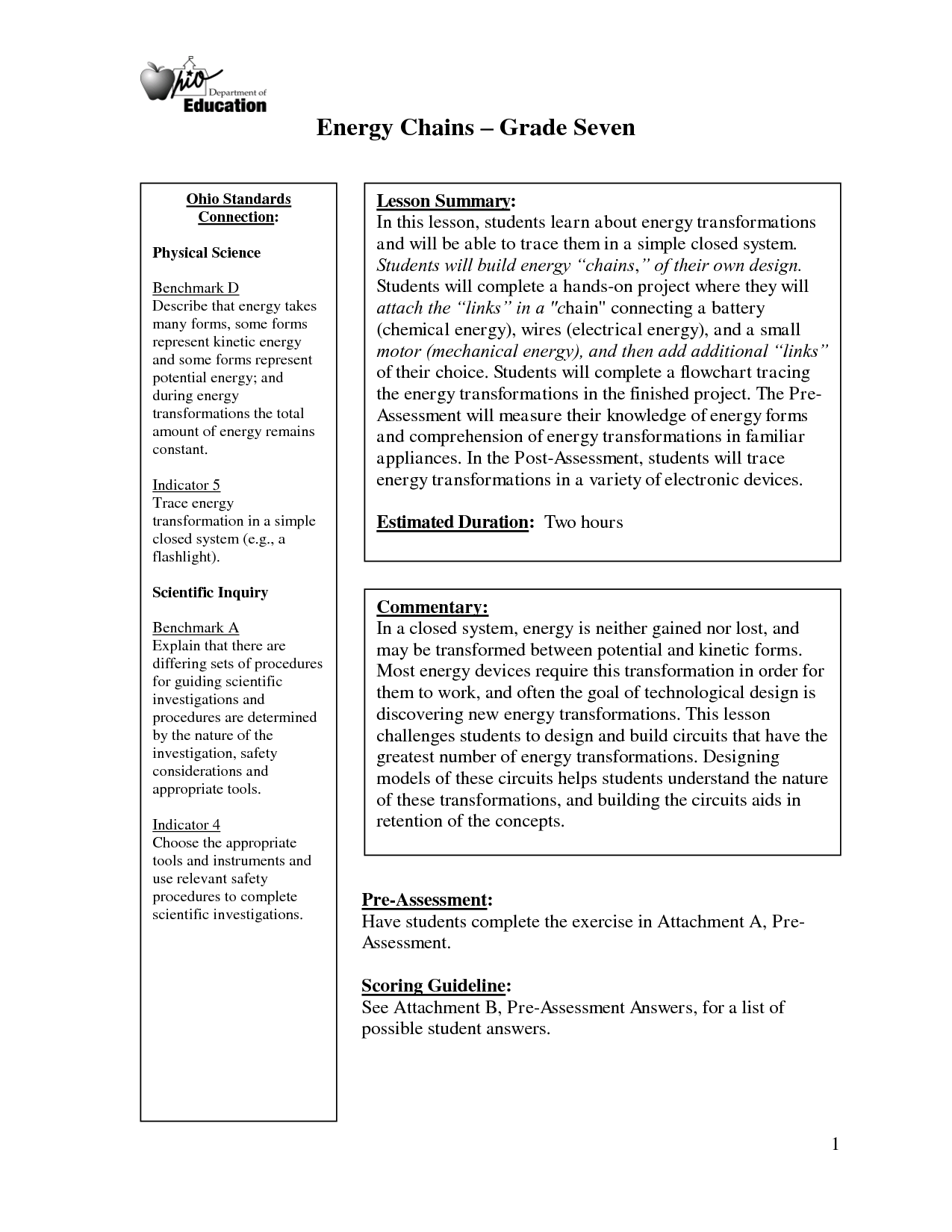
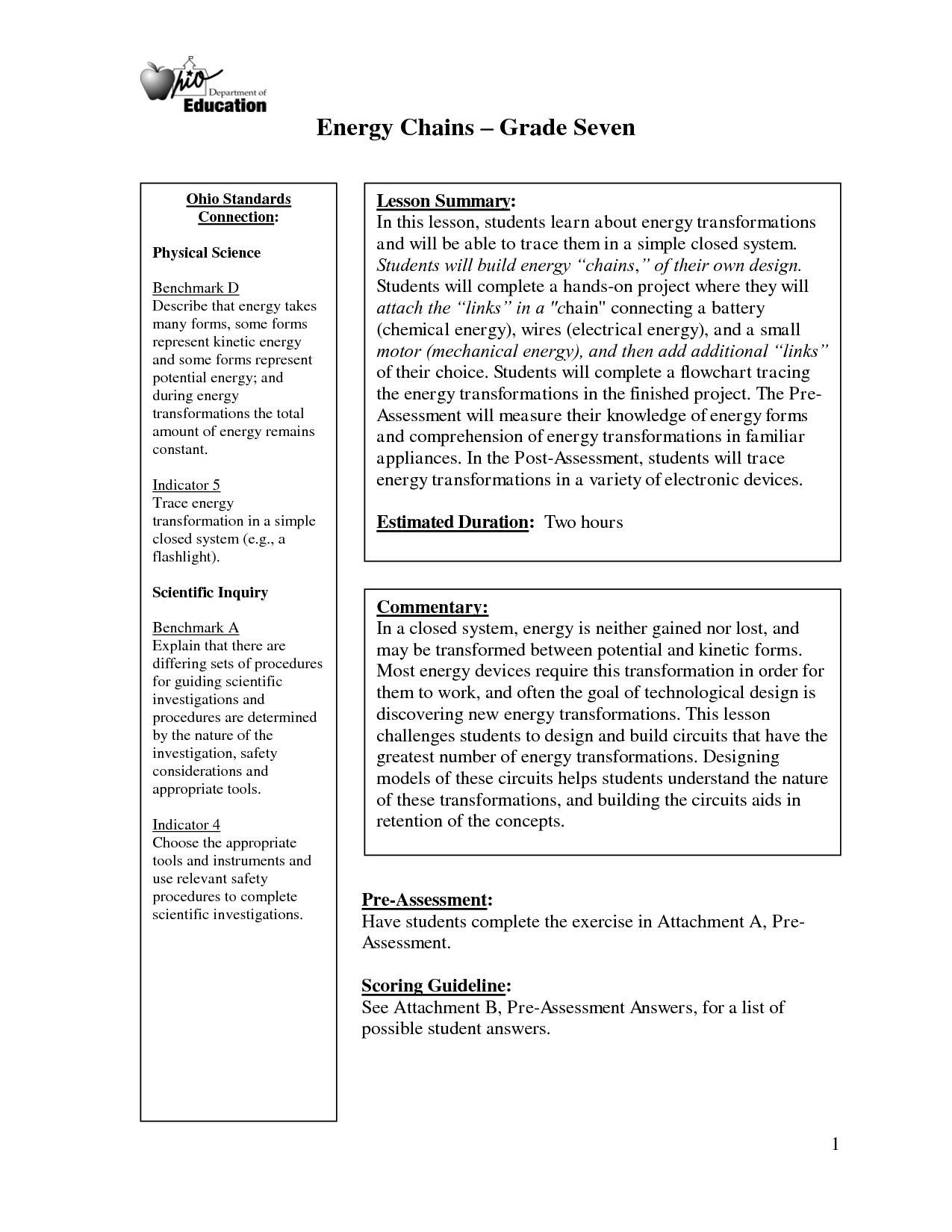
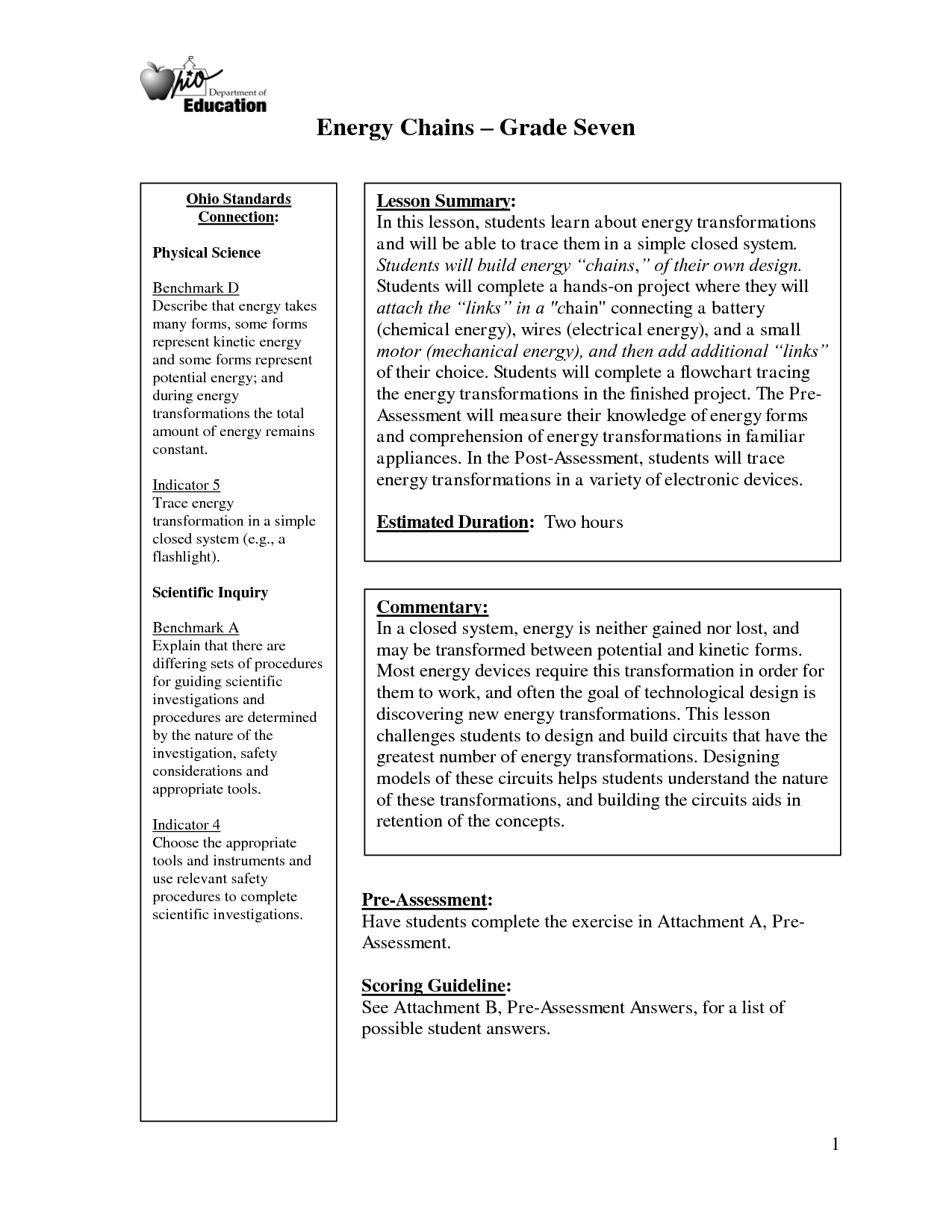
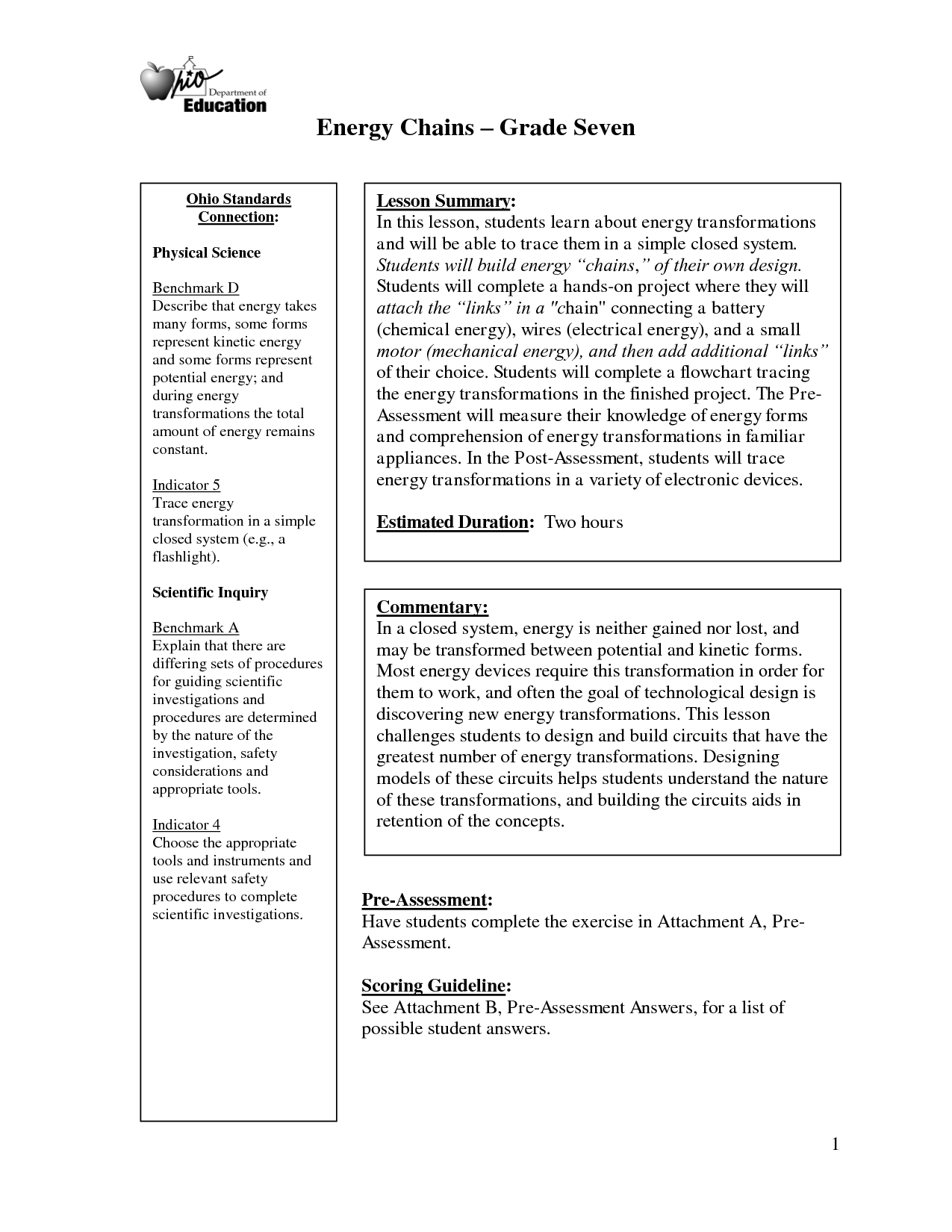
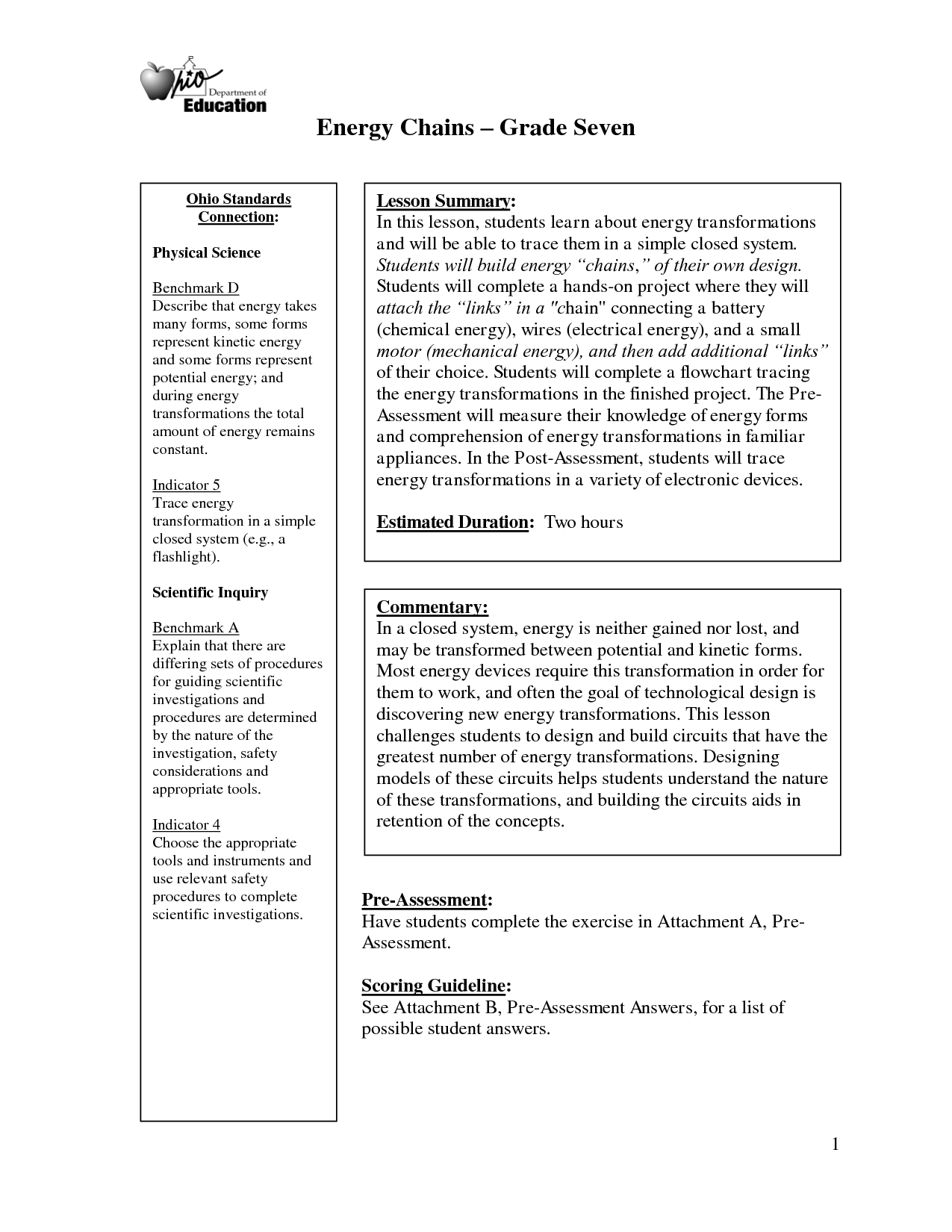
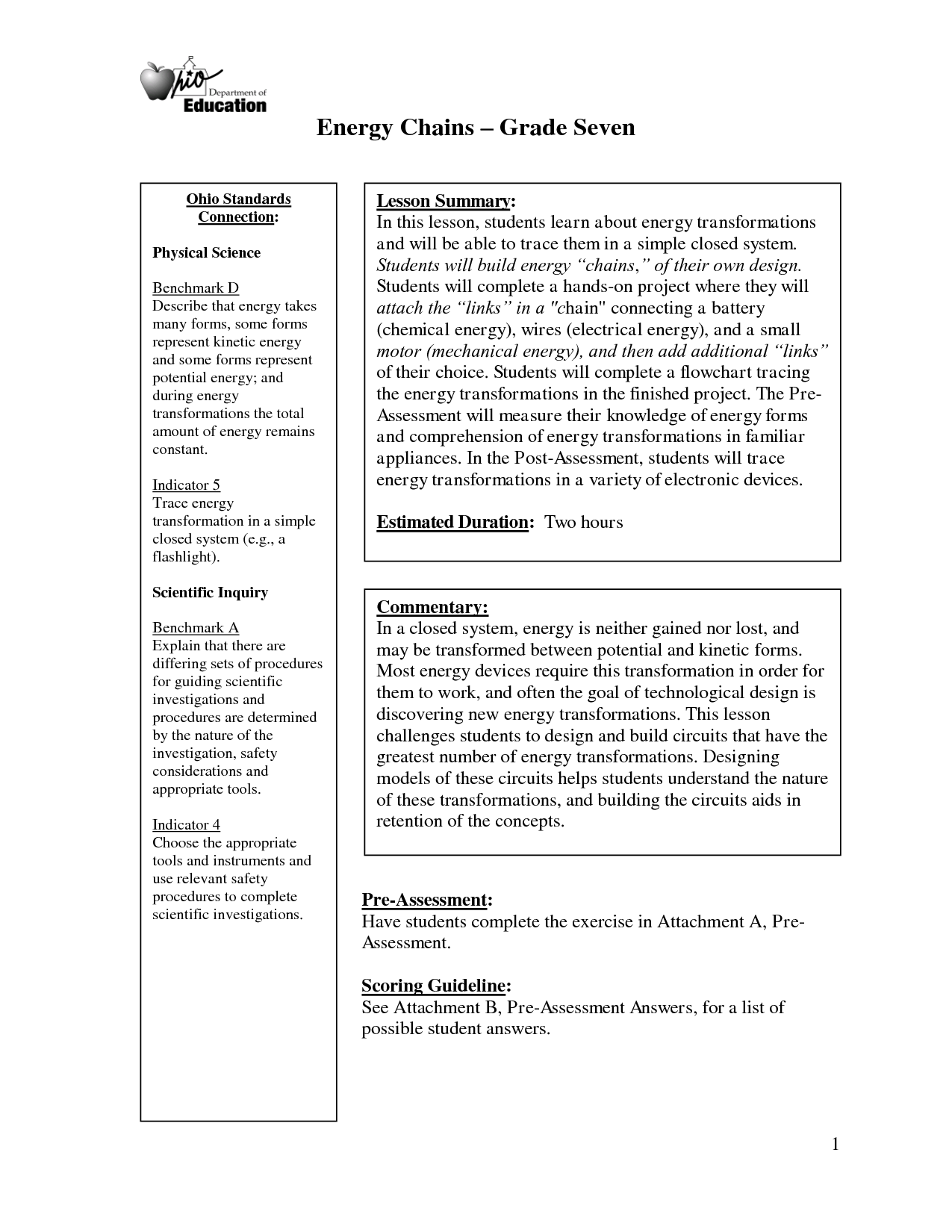
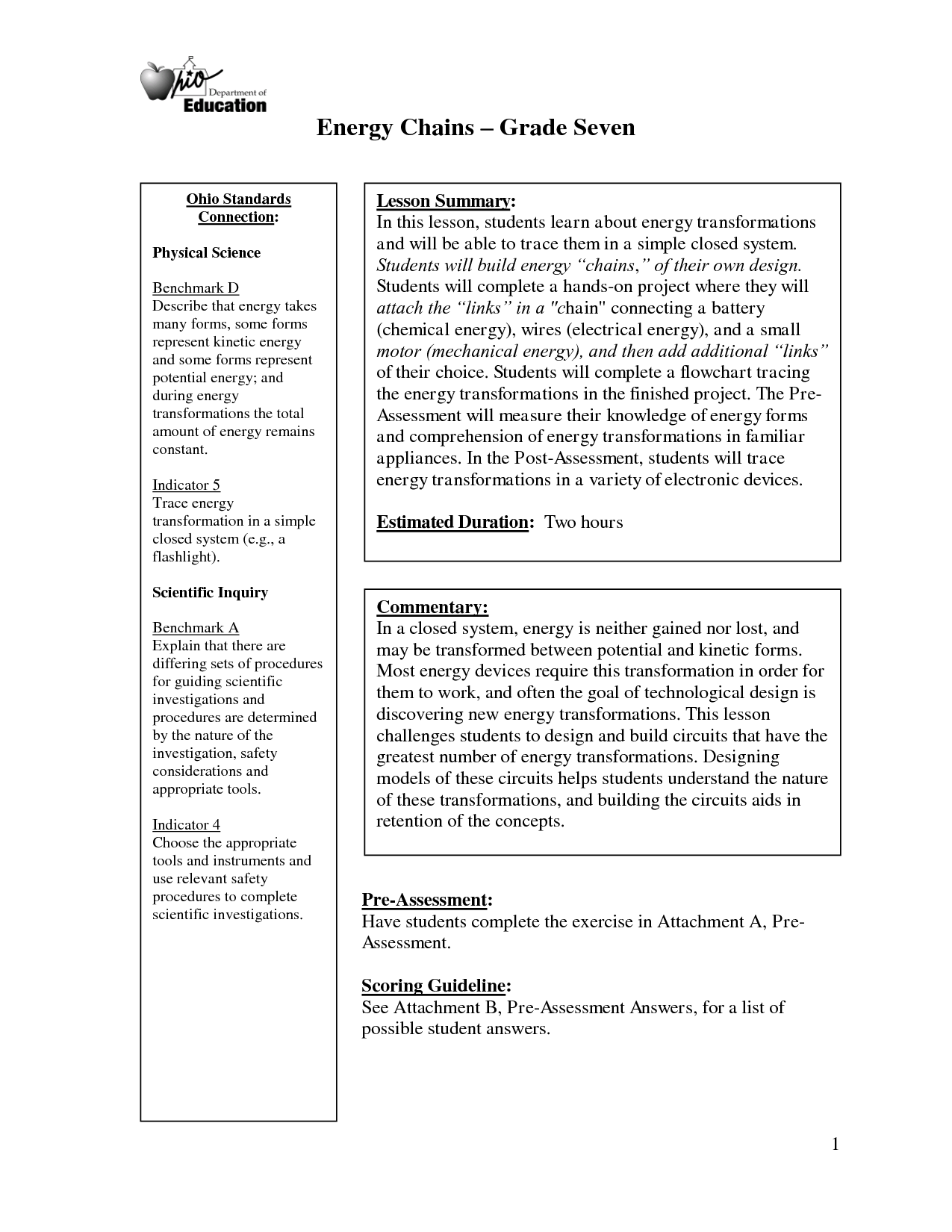
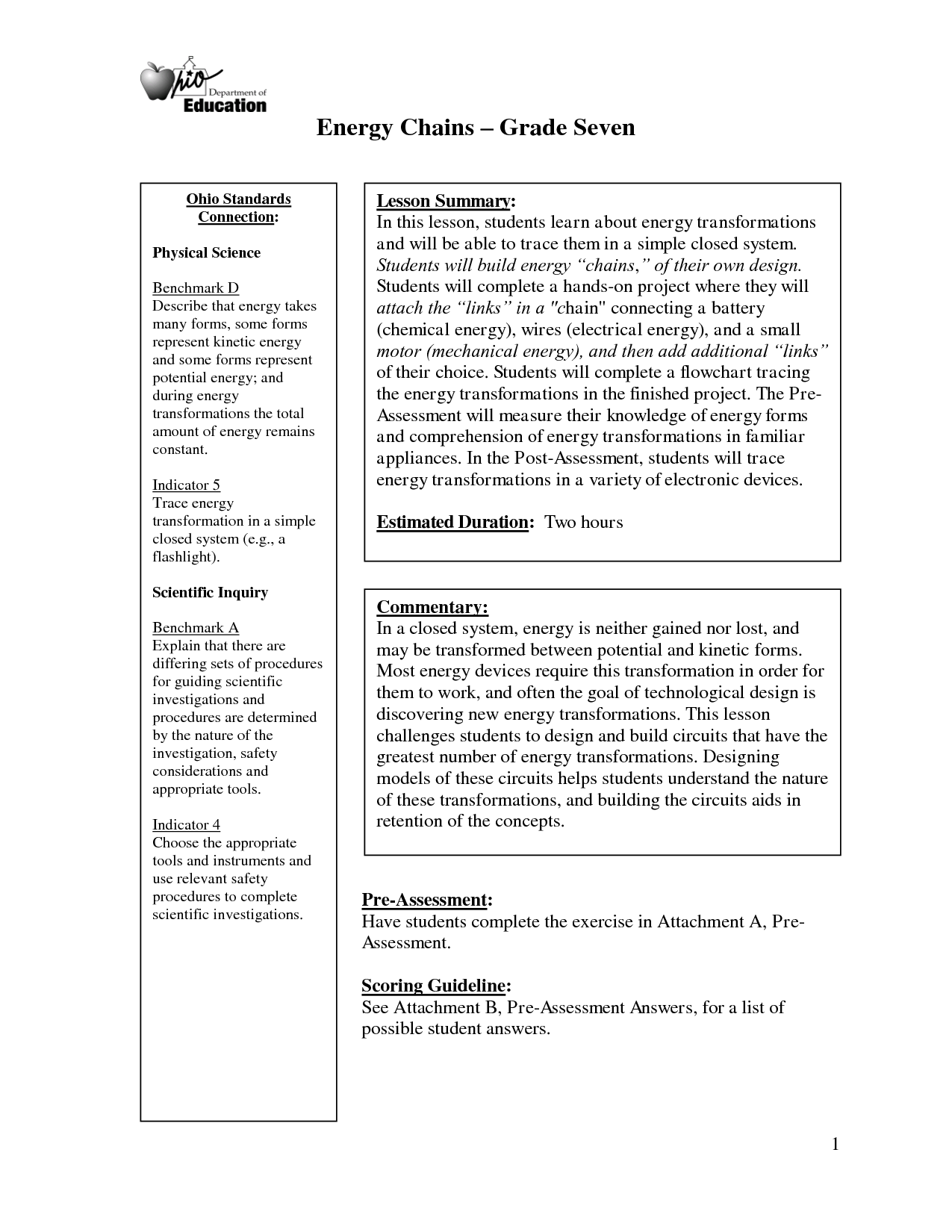













Comments